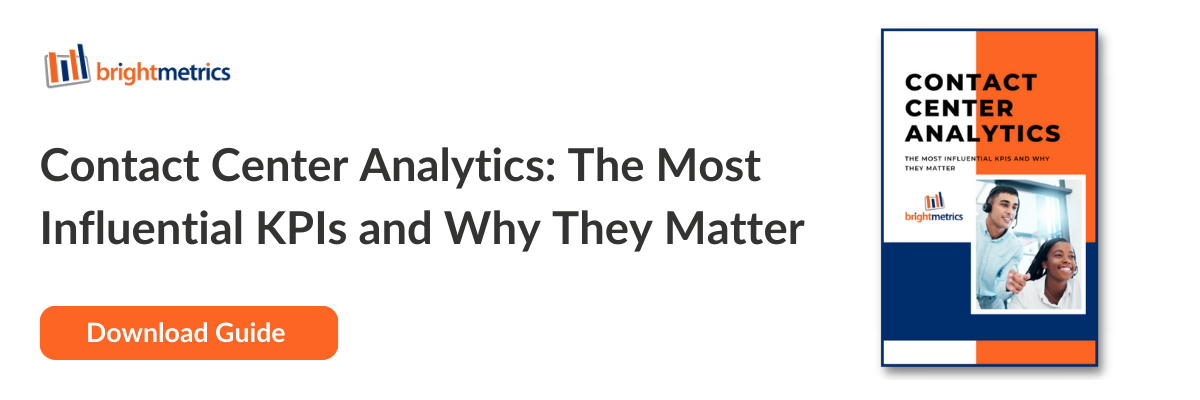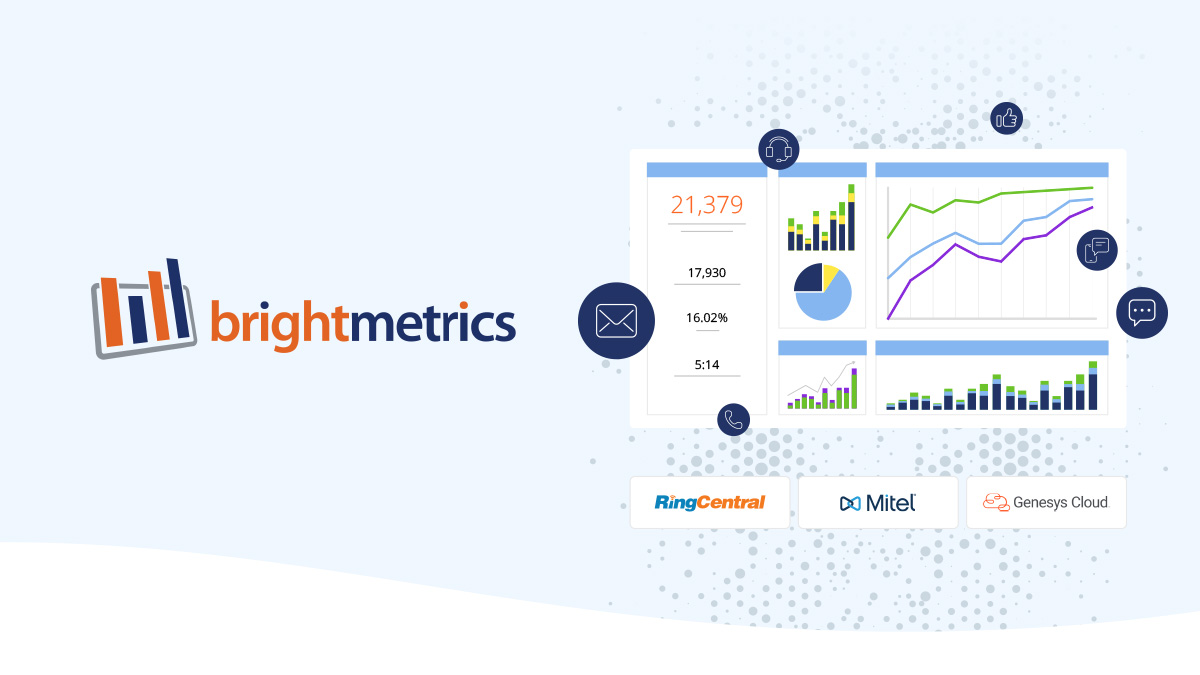Imagine a customer, frustrated with a technical issue, reaching out to your contact center for help. How this interaction is handled could either retain a satisfied customer or result in a lost one. Contact centers are critical touchpoints for addressing customer inquiries, technical problems, and requests. They play a crucial role in assessing the effectiveness of your customer service strategies.
In this article, we will explore essential methods for measuring the success of your contact center’s customer service strategies and discuss their importance to enhancing the overall customer experience.
Understanding Contact Center Customer Service Strategies
Contact center customer service commonly relies on phone calls, emails, chatbots, and Interactive Voice Response (IVR) systems. However, with advanced technologies such as Artificial Intelligence (AI) and Natural Language Processing (NLP), contact centers are enhancing their operational efficiency and offering more personalized experiences.
In fact, investing in more personalized experiences at your contact center can yield significant results. Studies show over 50% of buyers are willing to share personal information for tailored product recommendations and personalized offers.
Predictive analytics and automated workflows also play a significant role in anticipating customer needs and streamlining routine tasks. Self-service portals empower customers to resolve their issues independently, enhancing overall service efficiency.
Setting the Bar: Defining Goals to Assess Customer Service Success
Establishing smart goals for customer service is crucial to ensure your team of agents provides an excellent customer experience. By incorporating Key Performance Indicators (KPIs), you gain insights into your progress towards objectives and can identify areas needing improvement.
To effectively evaluate customer service performance, contact center leaders must consider several key criteria: answer rates, accuracy and resolution rates, customer feedback (NPS), and customer satisfaction scores. Understanding and applying these metrics within a comprehensive evaluation program allows organizations to gain critical insights into the effectiveness of their customer service objectives.

Setting specific goals for measuring customer service success enables the creation of customized benchmarks tailored to the unique needs of a business and industry standards. Of these metrics, answer rate is particularly vital as it measures how quickly customers receive help, directly impacting customer satisfaction.
Businesses should aim to meet or exceed their industry’s expected answer rates and handle time, and consistently review these metrics. The resolution rate—the percentage of issues resolved within a specified timeframe—offers valuable insights into the efficiency of customer service in addressing and resolving customer issues during the initial interaction.
Gathering Data on Customer Service Performance
To effectively gauge customer service performance, companies must access relevant data. Without it, assessing client satisfaction and identifying necessary adjustments is challenging.
Customer service teams can utilize call center analytics to examine historical records and dissect customer interactions in detail. Analyzing these reports helps identify customer service trends, which can inform decisions on customer retention or pinpoint issues leading to revenue loss. Adjustments can then be made to improve outcomes. Furthermore, customer surveys and reviews offer direct feedback on the performance of service agents.
Organizations can also monitor conversations on social media handled by their call center staff, collect customer feedback, and employ tools like heat maps to observe user behavior on websites or apps. This array of data provides deeper insights into how customers view their services, enabling businesses to refine the customer experience more effectively.
Evaluating Results from Measuring Customer Service Effectiveness
Accurate assessments provide valuable insights into customer reactions and identify areas for improvement. By leveraging analytics to monitor customer interactions and measure contact center performance, businesses can gather important data on metrics like response times, resolution rates, and customer feedback. This information is crucial for evaluating and refining current strategies, as well as for creating new ones that align better with customer needs.
To foster ongoing self-evaluation, it is key to schedule regular reports and performance overviews, ensuring that teams stay aligned and well-informed. Real-time dashboards can further be used to keep staff updated, enabling prompt adjustments during peak times or when handling complex customer inquiries.
By carefully analyzing this data and making process adjustments accordingly, organizations can enhance both the effectiveness and sustainability of their customer service. By adopting these strategies, businesses can continuously monitor and improve customer service performance, resulting in higher customer satisfaction and overall success.
Creating and Sustaining Positive Experiences
Businesses can enhance customer satisfaction and improve success rates by assessing agent performance and making necessary operational changes. It is vital to thoroughly understand and closely monitor key areas such as customer satisfaction ratings, first-contact resolution rates, and average handle time to ensure excellence in customer service. Additionally, it is important to evaluate the significant impact of technology on customer service strategies.
To stay competitive and create positive customer experiences, businesses must continuously seek and implement accurate methods to measure the effectiveness of their customer service strategies. Constant research and development efforts are essential in achieving these objectives.
Learn how Brightmetrics simplifies the measurement of your customer service strategies and access to valuable data. Our suite of analytics and reporting offers insights into your contact center’s customer and agent interactions, enabling you to identify areas for improvement and optimize personalized customer experiences.




